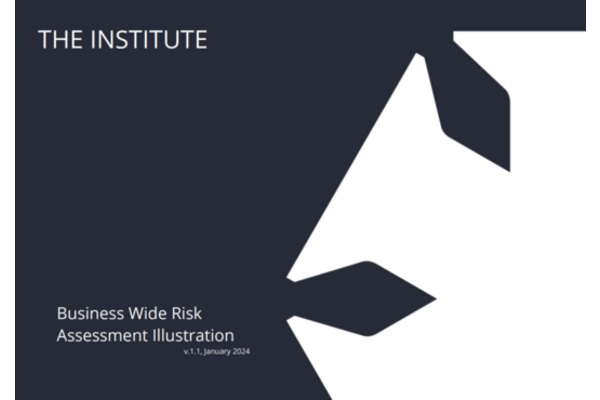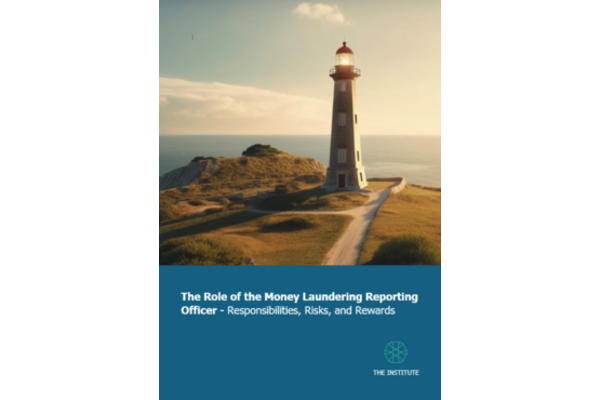
The initiation of Financial Crime Business Wide Risk Assessments (FinCrime BWRA) by financial services firms, typically in January, represents a critical juncture in the compliance and risk management calendar. The inherent complexity and the absence of clear, unambiguous regulatory guidelines present significant challenges. The FinCrime BWRA, crucial for identifying and mitigating financial crime risks, often suffers from a lack of standardisation due to the subjective interpretation of risk factors, a situation that can result in inconsistent practices across the industry.
A primary concern in the current landscape is the scarcity of explicit guidance from regulatory bodies. This ambiguity necessitates that firms independently interpret and implement regulatory expectations, a process that can lead to varying degrees of rigour in the execution of BWRAs. The subjective nature of risk assessment, which must consider unique factors such as customer demographics, geographic locations, product lines, and transaction types, adds an additional layer of complexity. This necessitates a highly tailored approach, which can be resource-intensive and prone to judgement errors in the absence of a structured framework.
In response to these industry-wide challenges, The Institute has developed a detailed Business Wide Risk Assessment Illustration. This tool is designed to assist financial services firms in both designing and executing their FinCrime BWRA with greater effectiveness. The Illustration moves beyond a simplistic checklist approach, but provides a holistic picture that aligns with best practices and regulatory expectations.
The Illustration starts by outlining the planning phase of the BWRA and the development of a suitable methodology. This foundational step is critical for defining the scope, objectives, and resource allocation for the assessment, ensuring alignment with the broader risk management strategy of the firm.
It then proceeds to Risk Factor Identification, a key stage in recognising and categorising potential risk an organisation my face in relation to products or services, processes, systems, customers, geographical presence, and distribution channels, thereby aiding firms in pinpointing areas of high vulnerability to financial crimes. In the Determining Inherent Risk sections, the document illustrates the risk level associated with each factor, independent of any mitigating controls. This step is essential for prioritising critical risk areas that require immediate attention.
Controls Identification then follows, showing how to catalogue existing controls and policies implemented to mitigate identified risks. The guide also addresses how to Mapping Controls to Risk Factors, ensuring that each identified risk is matched with appropriate controls, thereby minimising the likelihood of unaddressed risk areas. The Assessing Control Effectiveness section illustrates how to evaluate the effectiveness of existing controls in reducing the identified risks. It then moves on to Determining Residual Risk, which involves assessing the level of risk that persists post-implementation of controls. The final phase, Completing the BWRA and Reporting, illustrates how to consolidate findings, draw conclusions, and prepare comprehensive reports for relevant stakeholders. The inclusion of a comprehensive FAQ section in the appendix is intended to enhance understanding and application of the BWRA process.
Members of The Institute can access the Business Wide Risk Assessment Illustration via the Resources section on our website.







